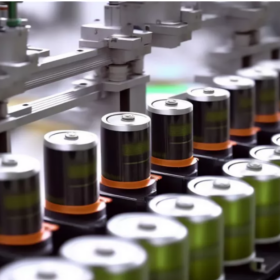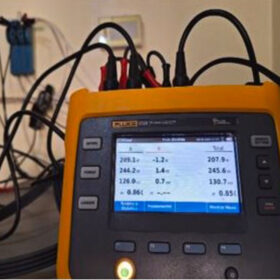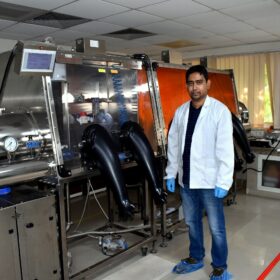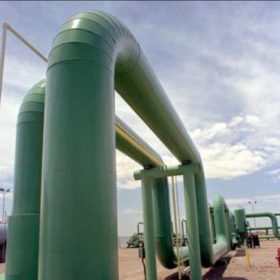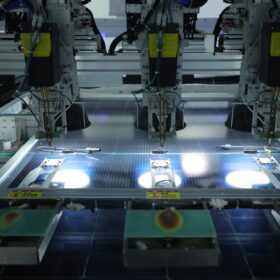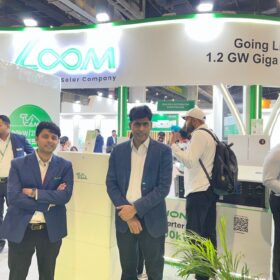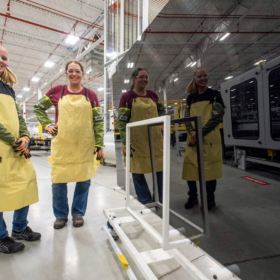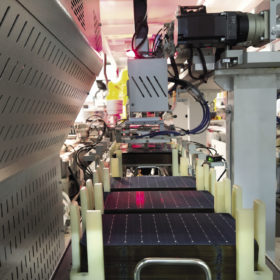Sinovoltaics tracks 78.8 GW solar module capacity in Southeast Asia
The latest supply chain map from Sinovoltaics tracks growth across Southeast Asia, with module capacity reaching 78.8 GW, and 58 production projects tracked.
Honeywell debuts new technologies across EV battery ecosystem
Honeywell is integrating ultrasound scanning-based comprehensive battery cell testing in its Battery Manufacturing Excellence Platform (MXP) software solution, enabling high-quality battery production by giga-factories. Also, it is launching new safety sensors that detect thermal runaway signs in EV batteries before a potential fire.
PV system sizing for 100% self-consumption
A group of researchers has proposed a new method for the sizing of PV systems that do not rely on an anti-dump system and operate without the possibility of injecting power into the grid. The novel approach requires an estimate of the annual hourly profile and the minimum power demanded, as well as the use of an irradiance meter and an electrical network analyzer.
“Battery energy storage market in India is on the cusp of unprecedented growth”
The next five years will witness a transformative shift in India’s energy landscape, positioning the country as a global leader in energy storage innovation, says Saurabh Kumar, vice president-India, GEAPP (Global Energy Alliance for People and Planet), in an interview with pv magazine.
GreenH Electrolysis unveils its first 1 MW PEM electrolyzer
The electrolyser, manufactured at GreenH Electrolysis’ plant in India, will produce around 430 kg of hydrogen daily to fuel India’s first hydrogen train of the Indian Railways
Avaada Group commits $12 billion to renewables, storage in Rajasthan
Avaada Group plans INR 1 lakh crore ($12 billion) investment to set up a 1.2 GW pumped hydro storage project, a 1 mtpa green ammonia project, a 1 GW wind power project, and a 10 GW solar power project in Rajasthan.
IIT Roorkee researchers develop silicon-perovskite tandem solar cells with power conversion efficiency of 28%
A research group at the Indian Institute of Technology Roorkee has fabricated 4-terminal silicon-perovskite tandem solar cells with power conversion efficiency of 28%. The team is now scaling up this technology to match 18.2 cm x 18.2 cm, commercial M10 solar cells dimension.
Three Adani portfolio companies join World Economic Forum’s ‘Transitioning Industrial Clusters’ initiative
The Adani Mundra Cluster comprising Adani Enterprises Ltd (through its arm Adani New Industries Ltd), Adani Ports and Special Economic Zone Ltd (APSEZ), and Ambuja Cements Ltd joins an international community of 23 industrial clusters collaborating to advance decarbonization.
The Hydrogen Stream: Hygenco launches 1.1 GW renewable energy tender for green ammonia project
Hygenco Green Energies has invited bids for over 1,125 MW of renewable energy to support its upcoming green ammonia project. The company intends to procure 625 MW from solar PV projects and 500 MW through wind power.
How will PV’s intellectual-property scuffles shake out?
Lawyers are doing brisk business as tunnel oxide passivated contact (TOPCon) solar technology moves into the mainstream. A series of patent infringement cases have been launched in the United States and Europe and their impacts are reverberating through the marketplace. How likely is it that winners will emerge?

